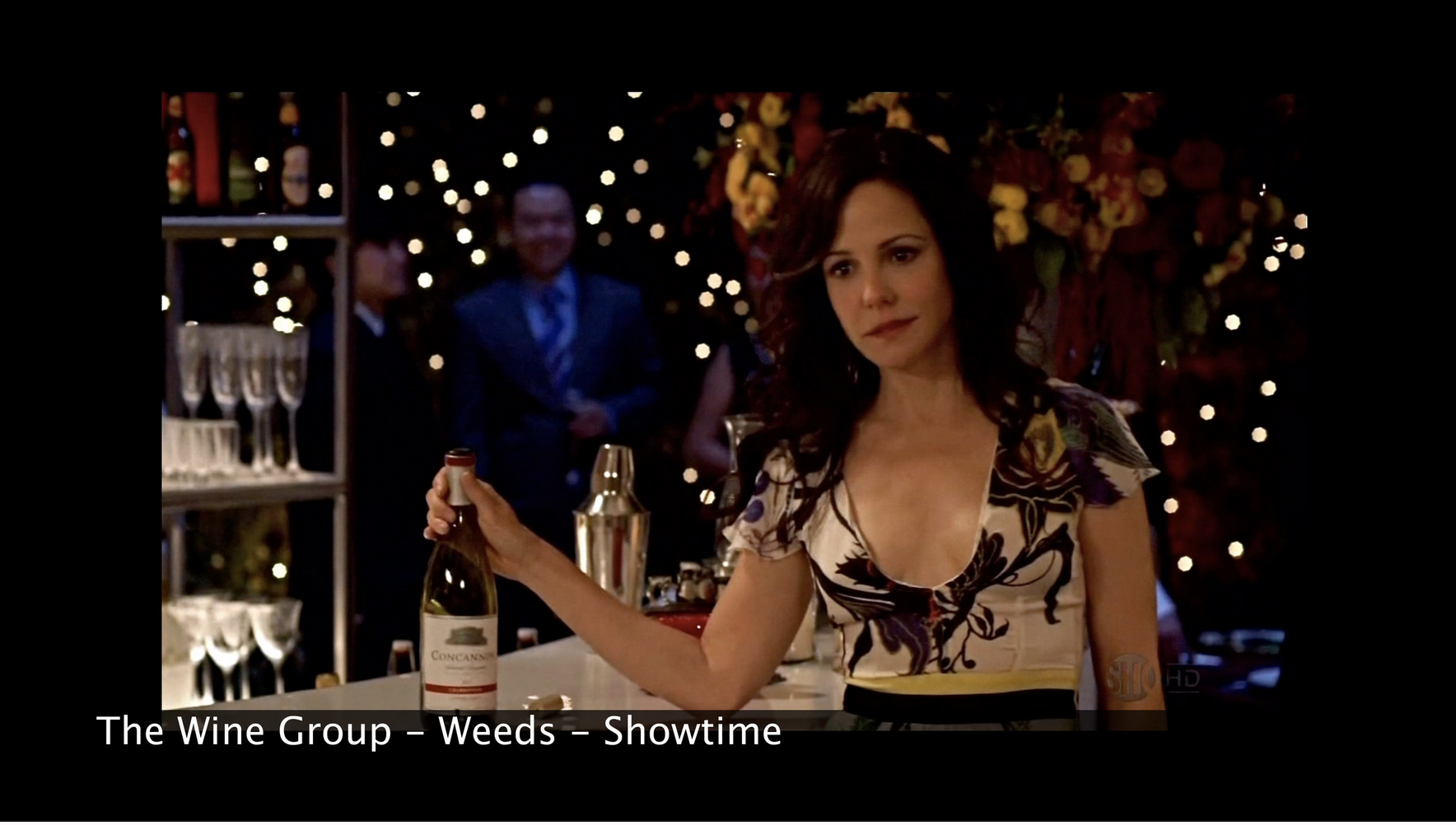Product placement is often believed to be prohibitively expensive. It can be, but there are two very different approaches under the industry term Product Placement: Paid and Fee-Free (more often called “Natural” or “Organic”) placements. The bulk of press coverage tends to be about the paid approach. Thus, the reputation that Product Placement is expensive. The difference between the two is broad.
Companies Should Avoid Paid Placements
Paid Placements are a common and obvious form of product placement, but they often have drawbacks. The only reason these products are seen in an episode is because a company paid lots of money to the network to have it forced into the script. These placements rarely integrate with a program’s story and almost always feel like advertisements. They are annoying to most viewers for this reason, and ultimately the placement reflects poorly on a brand.
As the name implies, Natural/Organic Placements flow with a story - whether the products show up as background or are featured. They reflect positively on a brand, and never feel like you just watched an advertisement, Your product is seen, used and interacted with by prominent influencers.
So how do Natural/Organic Placements Work?
Organic Placements are implemented by working directly with set decorators, prop masters, and wardrobe departments. Each of these departments is responsible for implementing the vision expressed in the scripts, e.g. a scene takes place in a tech store, where a customer is caught stealing on a security camera. The set decorator is responsible for making the store look like the art director’s vision (lots of product boxes, POS displays and systems, etc. The prop master is responsible for anything in the script an actor touches or interacts with - which in this case would include the security system and any merchandise that is being handled (versus background, think “props” versus “set decoration.”) Wardrobe is responsible for creating the accuracy of the scene with appropriate costuming.
Surprisingly, to achieve this, they all have very small budgets. Their options are to buy, rent, or get free product loans from Product Placement Agencies. These agencies provide a service to them that helps keep them in budget, and they generally have better products than prop houses. The contract between Product Placement Agencies and a product company also makes the legal clearance process far easier for productions.
Financial Benefits of Natural/Organic Placements
A major benefit of this approach is that a client’s products can be seen across multiple networks, dozens of shows, and multiple episodes, as there is no fee paid for inclusion. Like a PR agency, integration agencies charge a fixed monthly retainer, so it can pursue placements across a breadth of appropriate productions.
In contrast, with the paid integration approach an agency works at the network level to make a large ad buy, and negotiates an inclusion of their client’s product into a particular show with that buy. In addition to the ad buy, there is an additional fee paid to the production for that inclusion. If the agency is making a $10 million ad buy, they would pay an additional fee to every production - likely in the $250k to $500k range. For that fee to the production, the client is guaranteed a certain amount of time on air where and how the product is seen, and a smaller amount of time where a logo is included. (For non-ad based networks, the fee is only the amount paid to the production.) As a result, even the largest companies can only afford to be on one or two episodes a year.
••••••••••••••••••••••••••••••••••••••••••••••••••••••••••••••••••••••••••••••••••••••••••••••••••••
Eclipse Worldwide specializes in and leads the industry in Organic, Fee-Free Product Integration in Television and Film Productions. Founded in 1997, it has placed over 170,000 Products seen in over 30,000 Episodes, with a value of over 10 Billion Dollars, reaching over 100 Billion Viewers for its clients, all without paying fees to productions, agencies, actors or studios.

